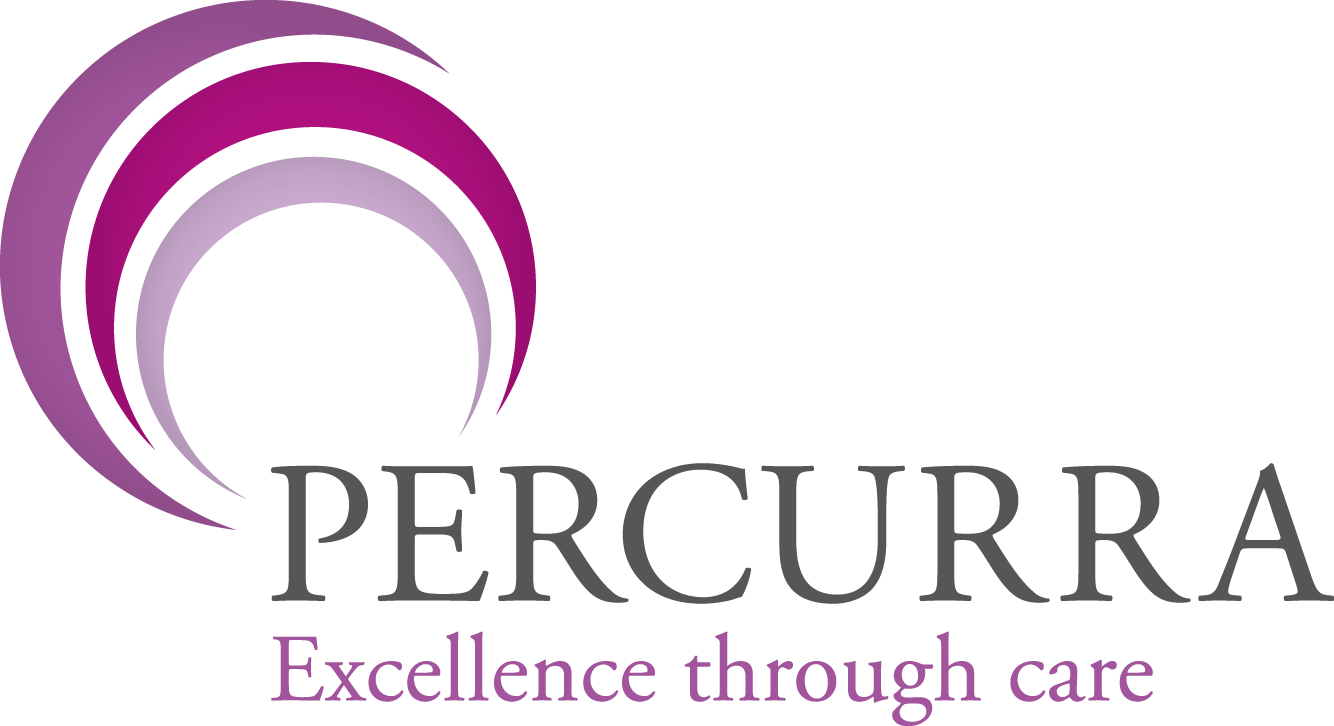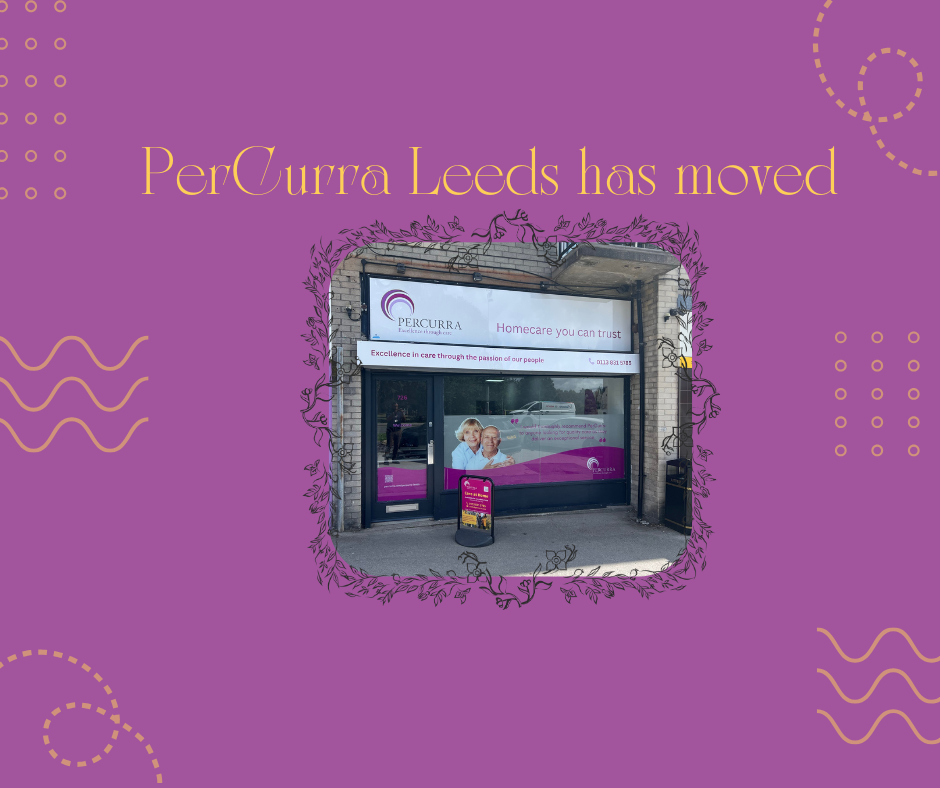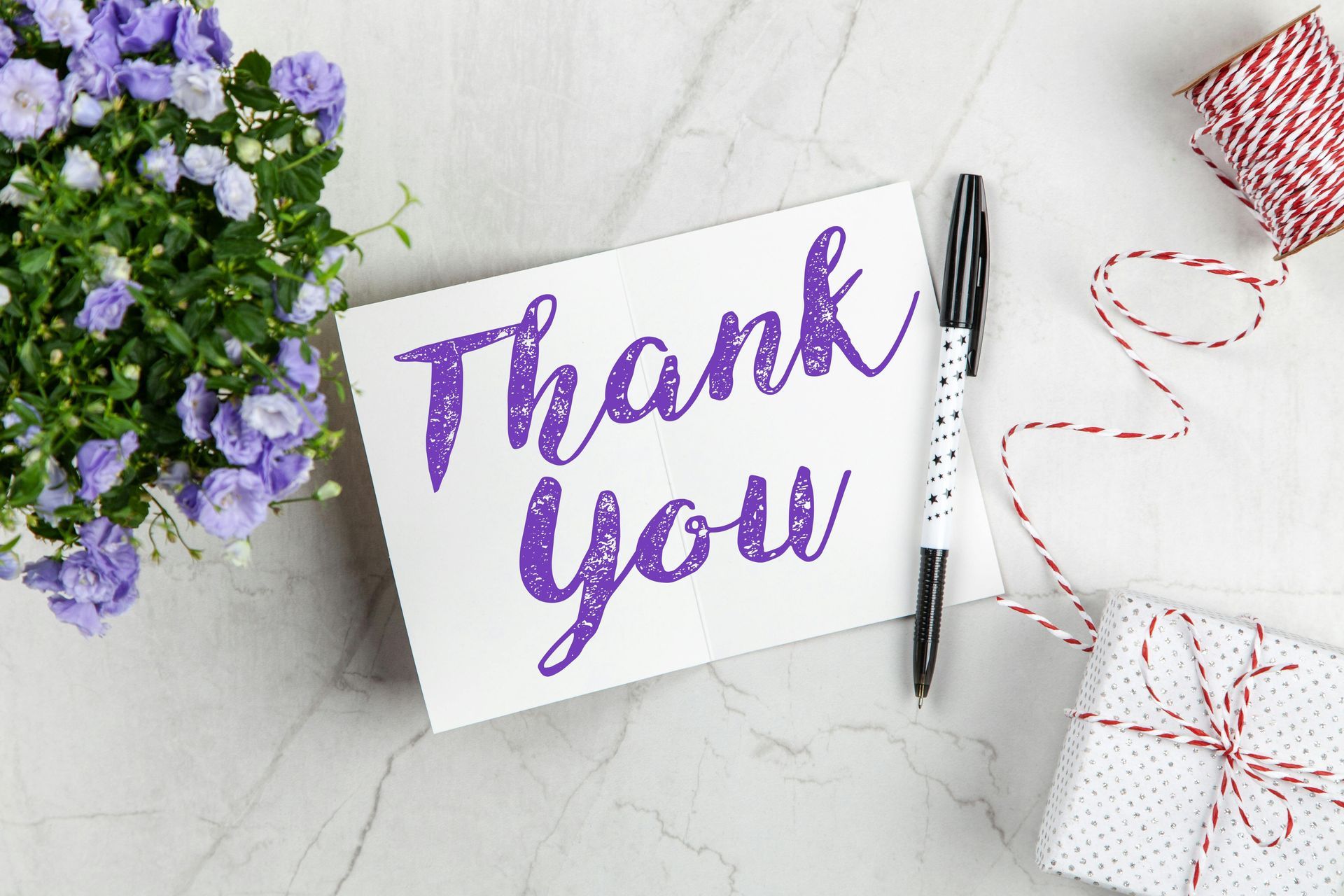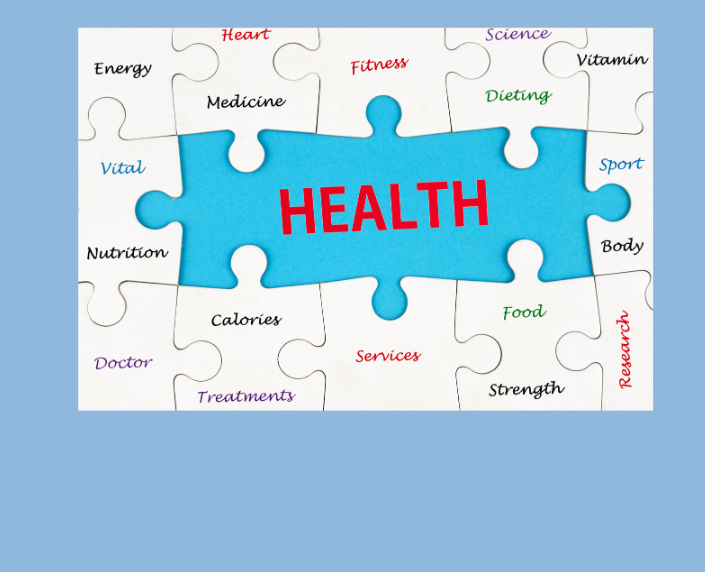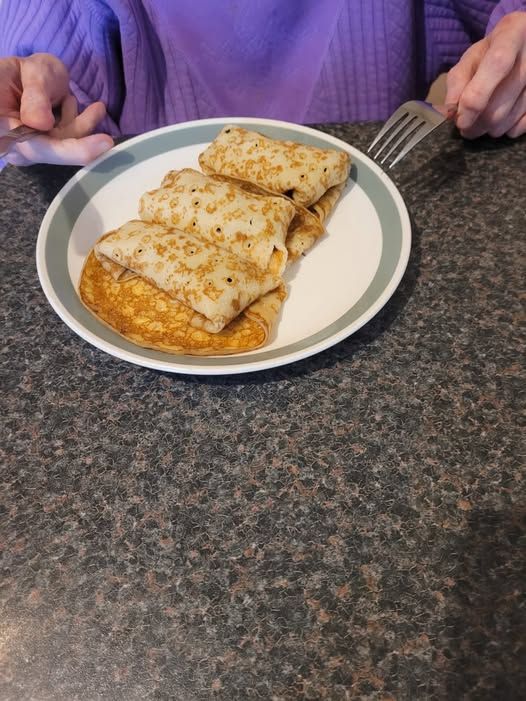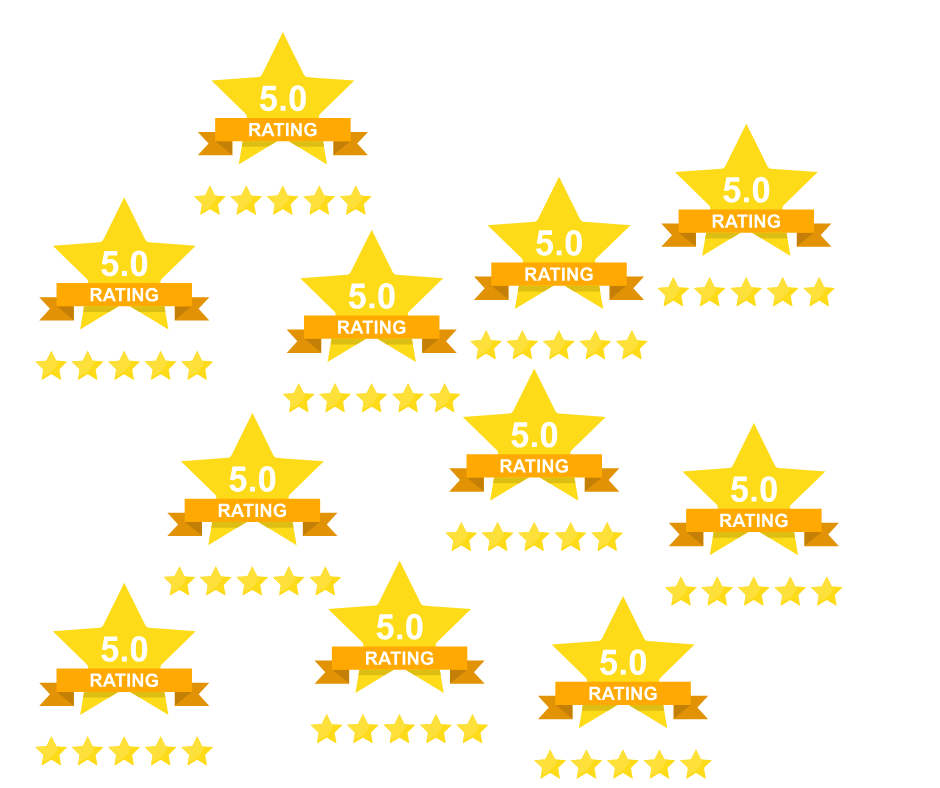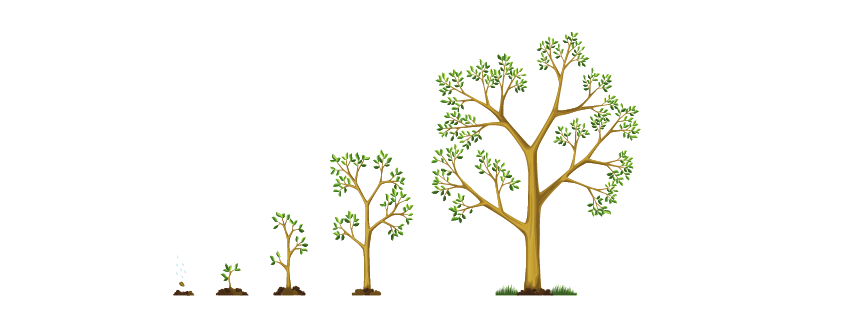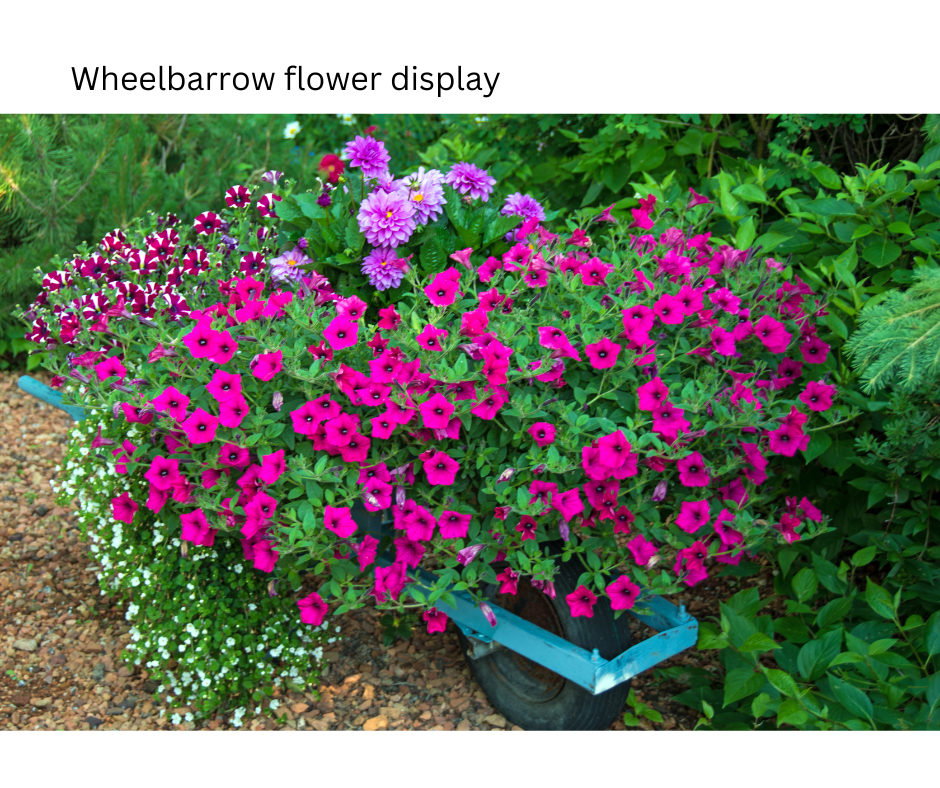Why care staff must put hygiene before fashion
6 December 2019
With the party season upon us it’s time to reflect on certain care practices
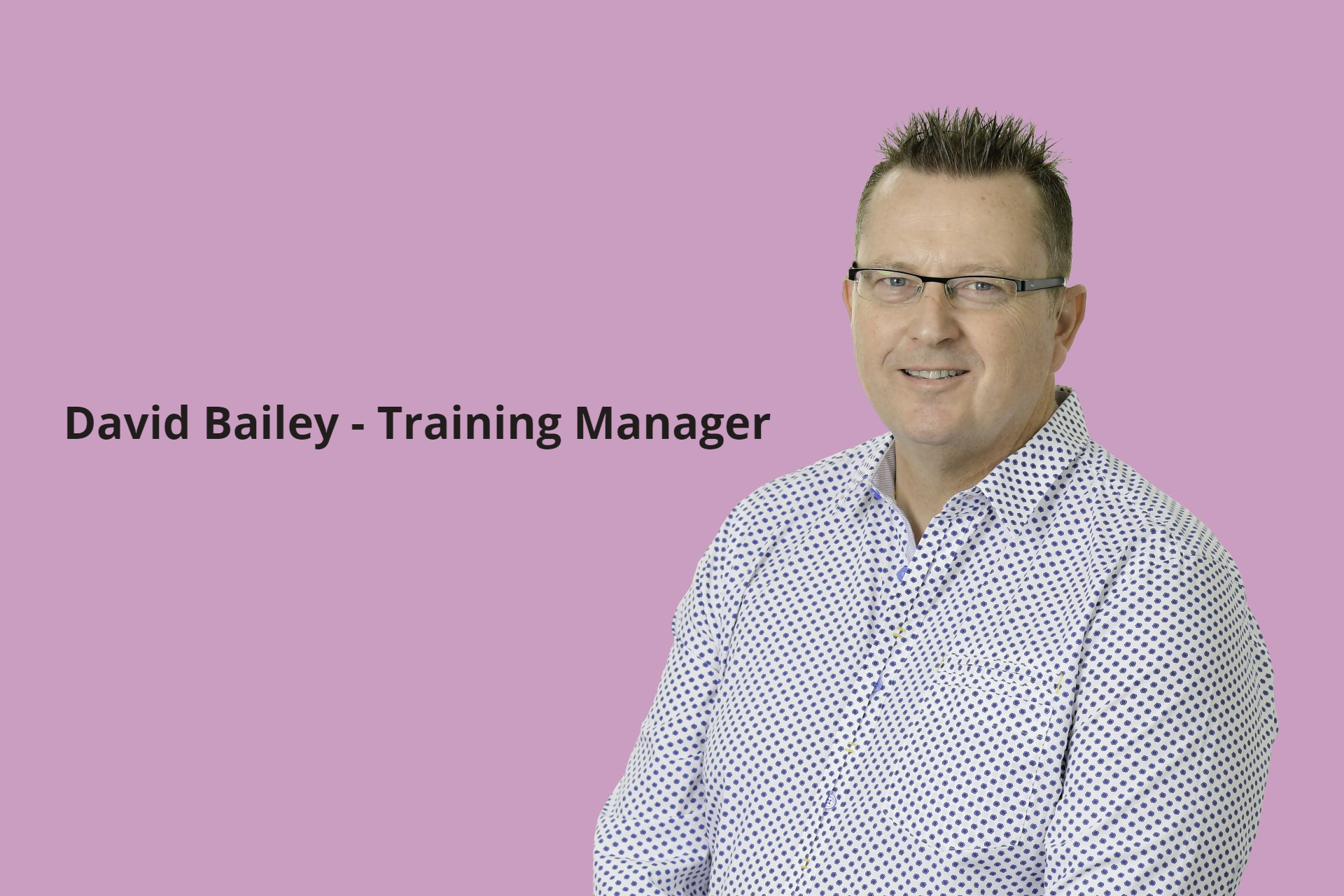
Whilst it is popular to wear false nails, apply coloured nail varnish, wear jewellery or ‘let your hair down’, these give rise to a number of safety and hygiene issues.
Nail varnish and extensions harbour bacteria and prevent good hand hygiene
False nails are normally longer than natural nails, making them a much greater scratch risk to Clients. Whilst assisting dressing or washing, ‘accidental’ scratching is a much higher risk than when nails are natural and short (up to level with the finger tip). False nails are also prone to falling off which can result in physical contamination of food. Painted natural nails are not exempt as with time the paint can flake off, again risking physical contamination of food.
In addition, long and painted nails can hide dirt which may contain harmful bacteria. Long and pointed nails are also more likely to puncture protective gloves making them useless in reducing the spread of infections. Use of the fingers for intricate work is also hampered when long natural or false nails are worn.
Jewellery can be a hazard
The wearing of jewellery can also lead to poor care practice. Rings (other than a plain wedding band) can be a scratch hazard and the crevices and hard to wash areas under them can harbour dirt and harmful bacteria. All rings should therefore be removed whilst delivering care and to reduce the risk of losing jewellery when removing it, they are best left safe at home.
Other jewellery, such as necklaces and earrings should also be small and not dangle down. If these are caught by wandering hands or accidentally on sling straps, the tendency to flinch or lash out at the pain may result in Client harm.
‘Best practise’ for hair
When care staff, literally, let their hair down it can be bad news for Clients. Loose flowing hair has the potential to spread microorganism and, at the very least, could be irritating for a Client when a carer is helping them dress or when carrying out personal care tasks.
And finally ...
There's a lot to consider but it's important that we create the safest environment possible for the people we care for.

Here we are – it's definitely winter and we are experiencing on and off freezing conditions. Typical British weather – damp and drizzly one day and hard frosts or snow the next. There are many things we can do to stay warm and well but this can be much harder for older and vulnerable people so they may need some help.


